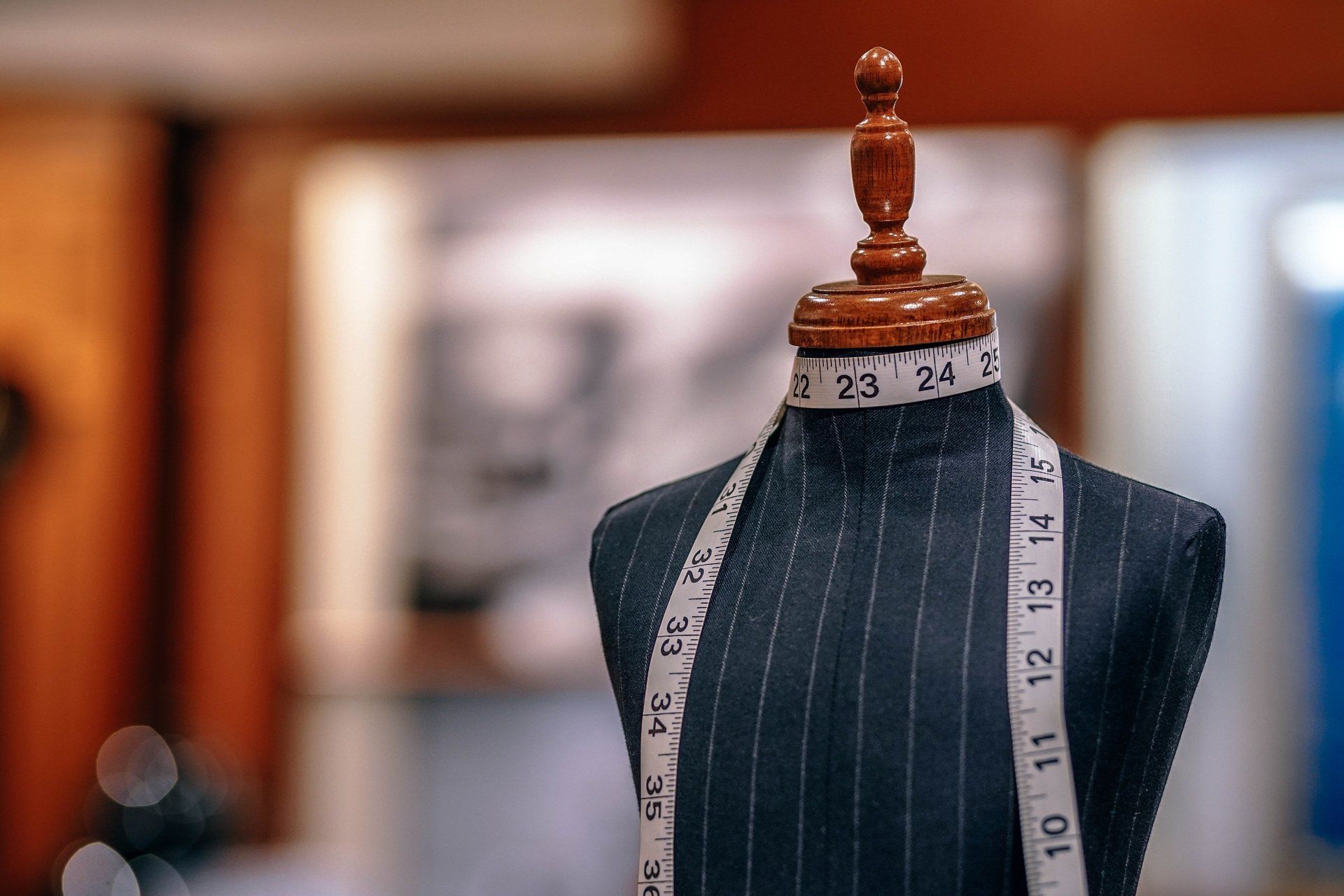“Made in the USA” - Fact or Fiction

With very few things being made in the U.S. today, it is always great to see “Made in the USA” on items. However, before you start putting “Made in the USA” on your designs, you must meet certain requirements as laid out by the Federal Trade Commission (FTC) “Made in the USA” standard .
“Made in the USA” can be used two ways:
i) with qualifications – describe how much domestic processing and content make up your design or
ii) without qualifications – no description necessary.
However, as pointed out in the FTC standards , “[f]or a product to be called Made in USA, or claimed to be of domestic origin without qualifications or limits on the claim, the product must be “all or virtually all” made in the U.S. Further, “[a]ll or virtually all” means that all significant parts and processing that go into the product must be of U.S. origin. That is, the product should contain no — or negligible — foreign content.”
Additionally, the Textile Fiber Products Identification Act and Wool Products Labeling Act requires that a Made in USA label be placed on most clothing and other textile products “if the final product is manufactured in the U.S. of fabric that is manufactured in the U.S., regardless of where materials earlier in the manufacturing process (for example, the yarn and fiber) came from.”
The California Wrinkle
Meeting the FTC’s general “Made in the USA” guidelines are important. But, if you are going to be selling to California consumers, you need to know about a wrinkle in the law as it relates to California. Prior to January 1, 2016, if you were going to sell your designs to California consumers and claim they were “Made in the USA”, 100% of the fabric must be sourced in the U.S. from U.S. materials and manufactured in the U.S. The law was changed to 95% of the materials to line up more with the FTC’s regulations. Thus, only 5% of the materials can be sourced elsewhere.
Apparently, New Balance did not get the memo about the California wrinkle. In late 2016, they were slapped with a class action lawsuit ( Dashnaw v. New Balance Athletics, Inc ), for consumer fraud along with other claims, by three California residents. The suit alleged that New Balance violated California laws when it misrepresented that some of it shoes were “Made in the USA” when the shoes in fact contained a substantial amount of foreign made components. The complaint further alleged that New Balance acknowledged it had an advertising policy to advertise shoes were “Made in the USA” when they had at least 70% domestic materials. This meant that 30% of the shoes were made from foreign components and/or labor. This policy was in direct contravention of California law because 30% of a product is more than the 5% of the allowed foreign content/labor to claim the product was “Made in the USA”.
After the case was making its way through the court for 2 years, New Balances reached a preliminary settlement deal with the plaintiffs in January 2019. Under the deal, New Balance agreed to settle the claims for $750,000 with $200,000 for settlement administration costs and $15,000 to the lead plaintiffs.
You can see what effect this type of lawsuit can have on the bottom line of your business. So, let this be a lesson to all designers - it is important to stay in compliance with the FTC regulations when labeling your designs “Made in the USA” and if you are selling your products in California, don’t forget the California wrinkle. Remember, “Made in the USA” must be a fact and not a fiction.
